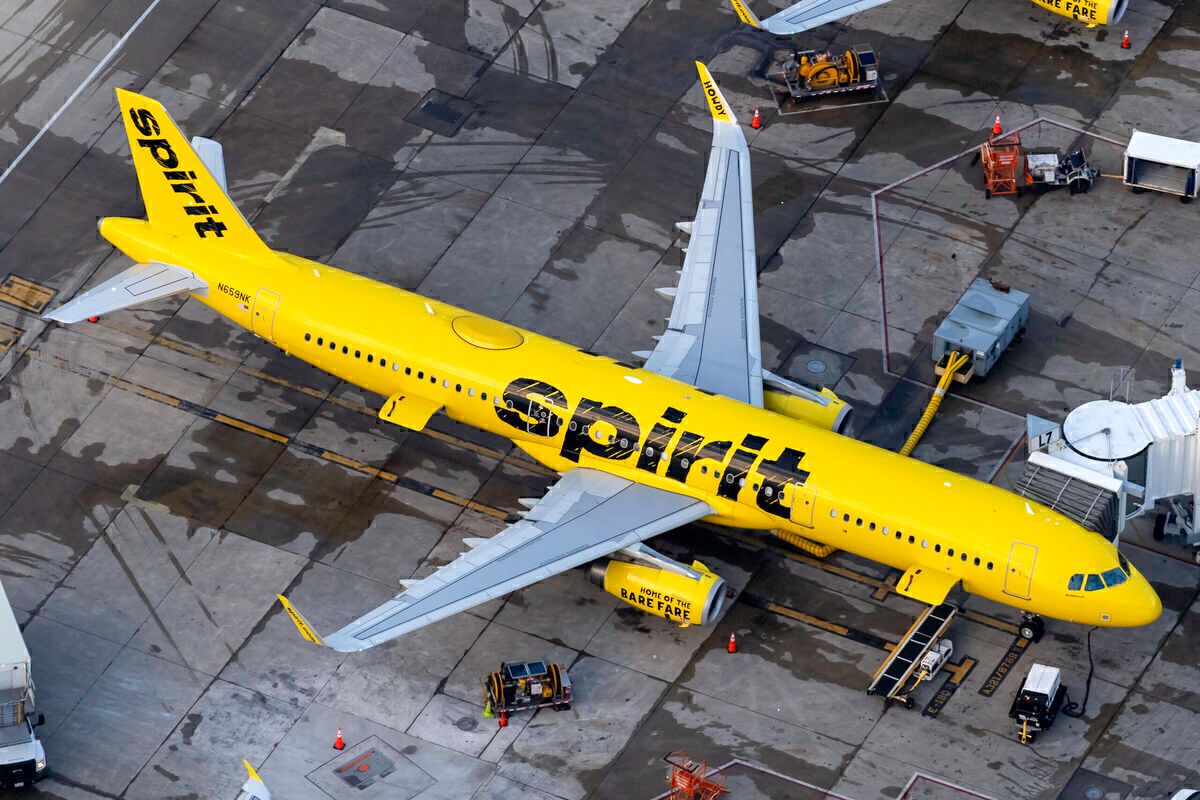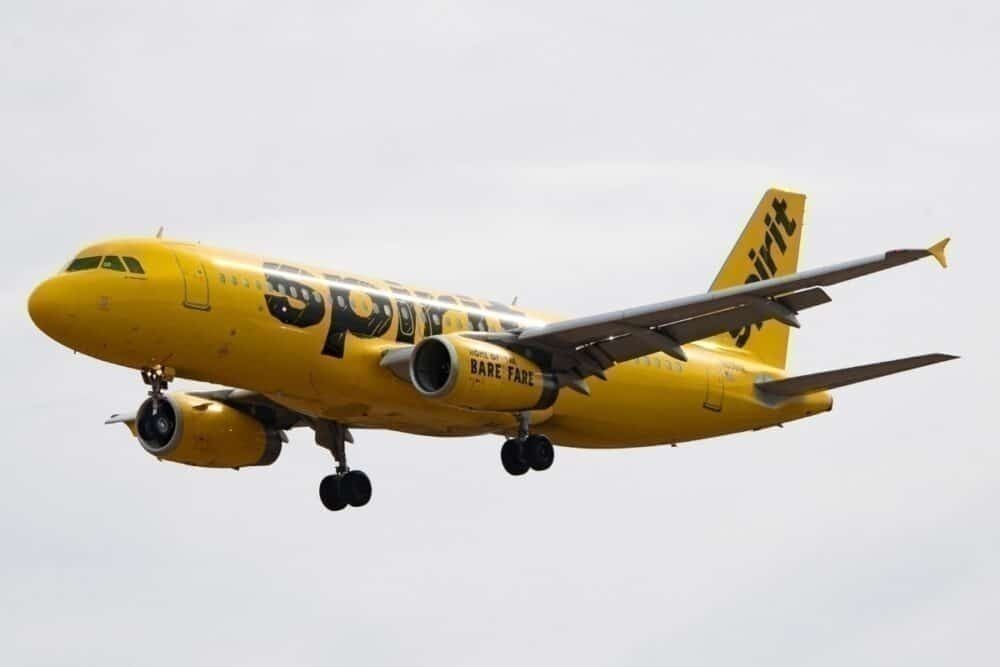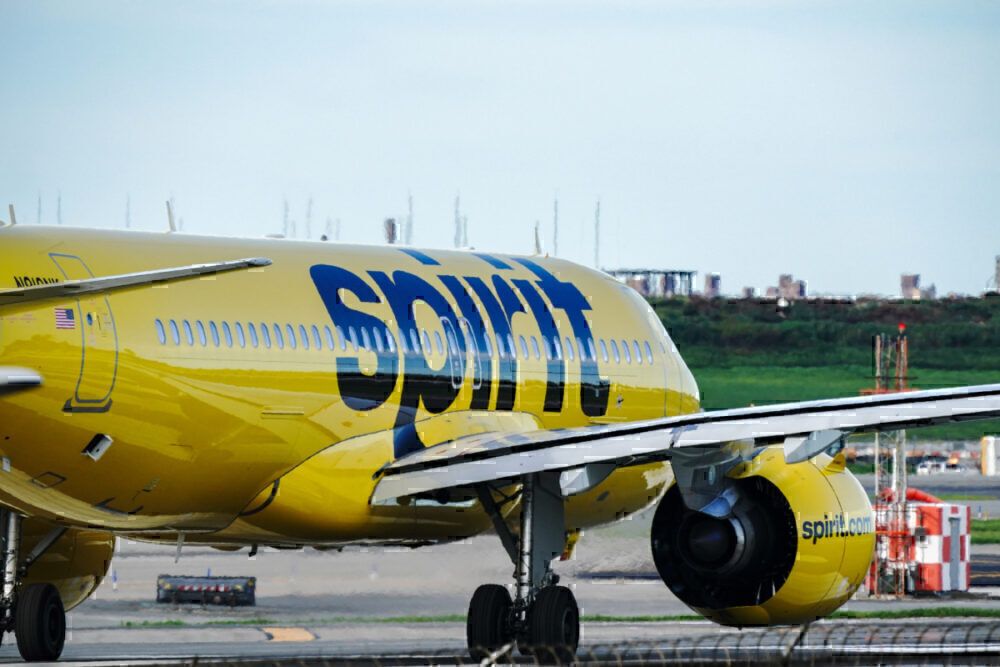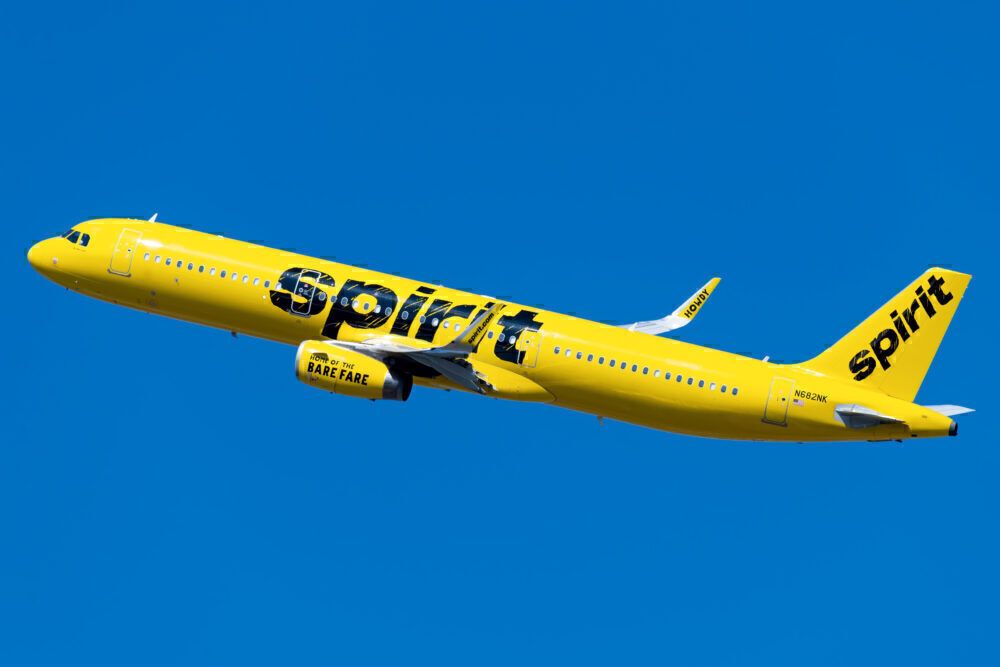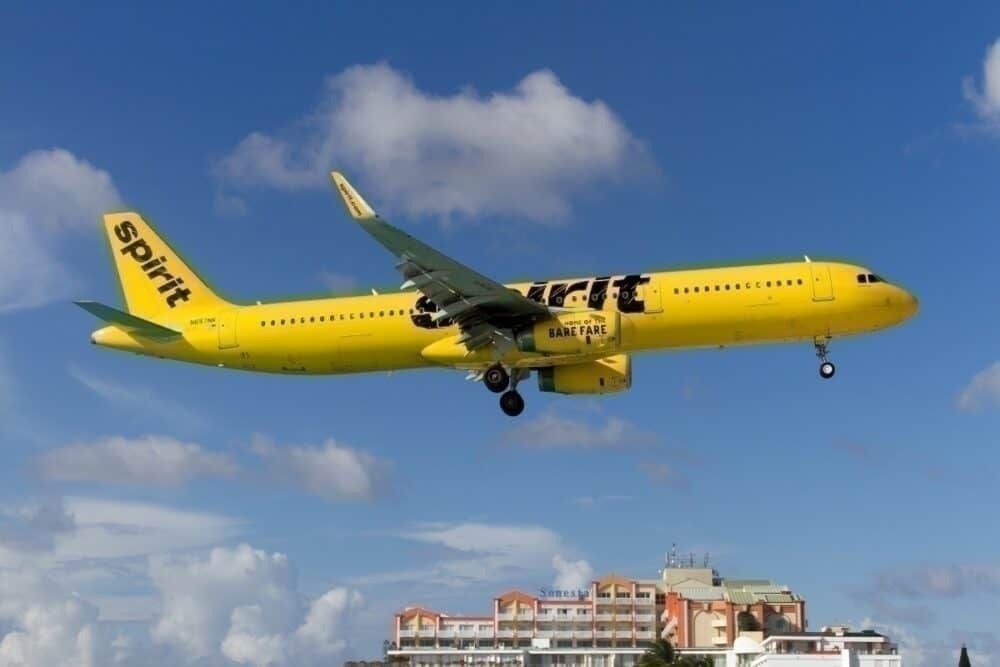Spirit Airlines has released its annual 2020 results. The American ultra-low-cost-carrier recorded a loss of nearly $429 million. However, it was not all bad news for the carrier as its segment passenger ancillary revenue went up year-over-year, which sets the airline up well in the future.
Spirit Airlines recorded a 2020 net loss
In 2020, the airline recorded a $428.7 million net loss. This compared to an over $335 million profit in 2019. Unsurprisingly, the airline suffered amid the ongoing crisis, which brought its flying to a halt for nearly two months, and a slow recovery that continues to materialize.
In the fourth quarter of 2020, Spirit recorded a net loss of $157.3 million. The net loss for the quarter came as the airline's year-over-year capacity was down just over 25% in the December quarter. However, its load factor was an impressive 71.5%, which puts it toward the front of the pack in the US.
The airline's capacity was down nearly 34% for the whole year, with an annual load factor of 69.7%. This was a relatively impressive result.
Stay informed: Sign up for our daily aviation news digest.
Ancillary revenue was high
For the whole year, Spirit Airlines recorded over $1 billion in non-fare ancillary revenue. This compares to only $756.2 million from fares. Thus, nearly 57% of the airline's total passenger revenue came from non-fare spend.
As an ultra-low-cost-carrier (ULCC), Spirit's model is based on getting passengers to buy a cheap base fare and then paying for add-ons, like seats and bags. The ancillary revenue proves key in Spirit's strategy.
In the airline's third-quarter results, the carrier teased that non-ticket revenue was expected to increase slightly. And, it did.
For the full year of 2020, Spirit Airlines increased its non-ticket revenue per passenger flight segment by 1.5% from $56.28 in 2019 to $57.14 in 2020.
This represents a combination of factors. First, the airline was able to get passengers to purchase extras on their fares but also pay more for those extras.
Unfortunately, ancillary revenue was not enough to boost the carrier to profitability. Trending broadly with the overall market, the airline's fare revenue per passenger flight segment for the year clocked in at $41, which was nearly 25% less than the $54.63 it made in 2019 per passenger flight segment.
What to make of Spirit's 2020 annual results
Spirit Airlines is betting that it will be one of the first carriers to return to profitability. So far, this seems to be trending in the right direction for the airline. While the carrier may not be the first in the US to turn a profit again, it definitely is on track to be one of the first.
The reason is that Spirit has shown it can grow its non-ticket revenue. Assuming that holds steady, once fare prices start to increase, which could happen this summer, the carrier could leverage that to turn more revenue to cover the airline's costs while not necessarily flying at full capacity.
Moreover, the airline is betting its new loyalty program will get passengers to engage more and spend more with the carrier. The completely revamped program rewards frequent fliers and spenders on Spirit and, in many ways, provides a great value with top-tier members receiving free seats, bags, and more. Additional loyalty from customers toward the airline should also help the carrier's bottom line.
The airline still has its work cut out, especially as key markets like the Northeast remain weak, but the airline's strong positions in the Sun Belt should help power the recovery heading into the summer. Not to mention, it is a well-known presence in Latin America, where it taps into plenty of visiting friends and relatives (VFR) demand.
What do you make of Spirit's 2020 annual results? Let us know in the comments!

